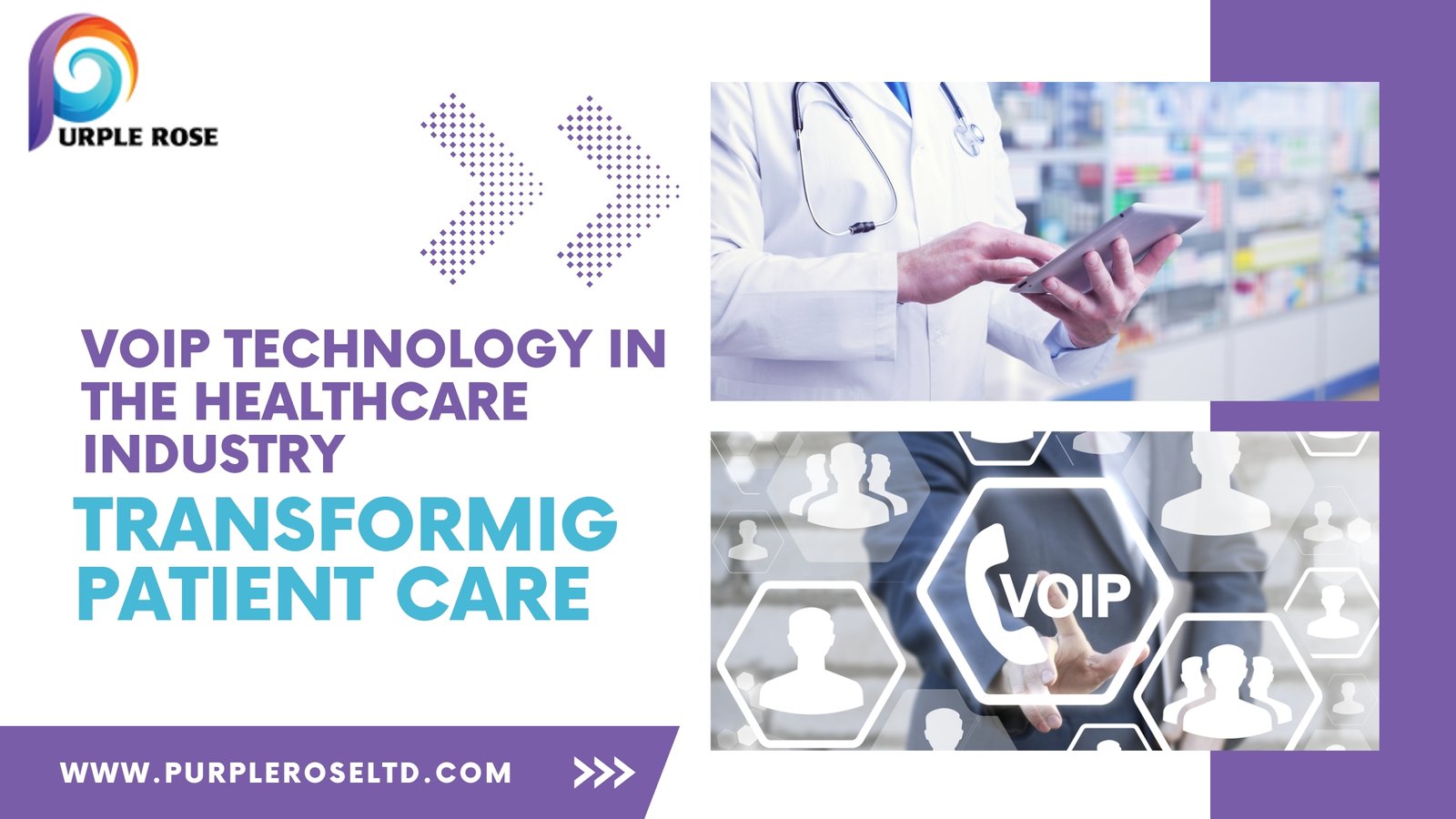Nowadays, the healthcare industry is rapidly embracing technological advancements to enhance patient care and streamline operational processes. One such technology that has gained significant traction is Voice over Internet Protocol (VoIP). VoIP has revolutionized communication in various sectors, including healthcare, by enabling efficient and cost-effective voice and video communication over the Internet. Here we will explore how VoIP technology is transforming patient care and revolutionizing the healthcare industry.
1 Enhanced Communication and Collaboration
VoIP technology allows healthcare professionals to communicate seamlessly across different locations, departments, and even countries. With VoIP, doctors, nurses, and other healthcare providers can collaborate in real time, enabling quick decision-making and improved patient outcomes. Whether it’s discussing a patient’s condition, seeking a second opinion, or consulting specialists, VoIP enables instant and reliable communication, breaking down the barriers of distance and time.
2 Telemedicine and Remote Patient Monitoring
Telemedicine has emerged as a vital component of modern healthcare, especially during the COVID-19 pandemic. VoIP technology forms the backbone of telemedicine, enabling remote consultations, virtual visits, and remote patient monitoring. Through high-quality video and audio communication, doctors can diagnose and treat patients remotely, reducing the need for in-person visits. VoIP also facilitates remote patient monitoring, where healthcare providers can track patients’ vital signs, medication adherence, and overall health condition from a distance.
3 Efficient Appointment Scheduling and Reminders
VoIP technology simplifies appointment scheduling and reminders, improving patient experience and reducing no-show rates. With VoIP-based systems, healthcare providers can automate appointment scheduling, sending reminders and notifications to patients via voice calls or text messages. This ensures that patients are well-informed about their upcoming appointments and minimizes the chances of missed appointments. Consequently, healthcare facilities can optimize their scheduling, reduce wait times, and enhance operational efficiency.
4 Integration with Electronic Health Records (EHR) Systems
Seamless integration between VoIP systems and Electronic Health Records (EHR) platforms is another area where this technology has transformed patient care. By integrating VoIP with EHR systems, healthcare providers can access patient records, medical history, and diagnostic reports during a call or video consultation. This integration not only saves time but also enhances the accuracy of medical information, enabling healthcare professionals to make informed decisions and provide personalized care.
5 Cost Reduction and Scalability
Traditional phone systems in healthcare facilities can be expensive to maintain and upgrade. VoIP technology offers significant cost savings by leveraging existing internet infrastructure and eliminating the need for separate phone lines. Furthermore, as healthcare organizations grow and expand, VoIP systems are highly scalable, easily accommodating increased call volumes and additional users without substantial investments.
Conclusion:
VoIP technology has become a game-changer in the healthcare industry, transforming patient care and revolutionizing communication. By enabling enhanced collaboration, telemedicine, efficient appointment scheduling, integration with EHR systems, and cost savings, VoIP has streamlined processes and improved patient outcomes.


